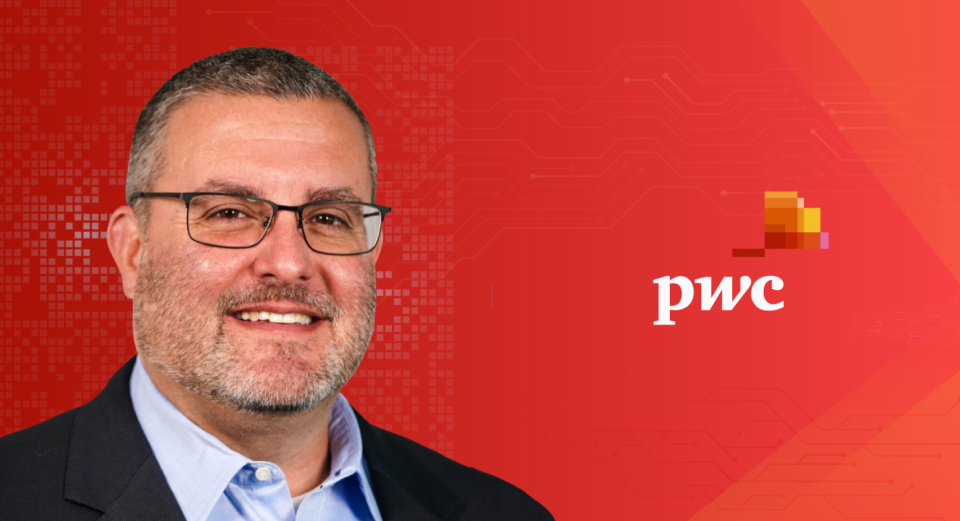“As a new mobile network technology, the rollout of 5G has largely met the industry’s expectations for network deployment and end user device adoption.”
Please tell us a little bit about your role and responsibilities at PwC. How did you arrive at this company?
I lead PwC’s enterprise strategy consulting practice that advises Technology, Media, and Telecommunications companies across the United States on opportunities to drive growth, address emerging regulations, transform operations, and increase profitability. As a partner in this practice, I work most actively with companies playing in the mobile space, as well as with large online platforms. I joined PwC in 2011 via the firm’s acquisition of PRTM Management Consultants, where I was also a partner. I have been in consulting with PwC and PRTM for the past 25 years, and prior to that was in the technology industry in product management, engineering, and operational roles.
What are the critical challenges impending the growth and distribution of 5G technologies?
As a new mobile network technology, the rollout of 5G has largely met the industry’s expectations for network deployment and end user device adoption. However, the industry is currently facing a significant inflection point as it seeks to answer the question of how it will generate a meaningful return on the tens of billions of dollars that have been invested in 5G networks and the wireless spectrum that is needed to power them. While no one questions the increased capacity and performance that 5G has brought to users, the issue of 5G monetization is under the microscope across the mobile industry today. The recent commencement of the rollout of 5G standalone (SA) networks has only served to amplify the concerns, as 5G SA is the last major step in unlocking many of 5G’s unique capabilities, including network slicing and ultra low latency. With these features being rolled out, it is up to the mobile industry to demonstrate that they can generate increased profit from their 5G investment.
Read More: CIO Influence Interview with Francois Ajenstat, Chief Product Officer at Tableau Software
How far are we from 6G introduction?
While work in standard setting bodies on defining the specifications for 6G has begun, the reality is that we are probably 5-7 years or more away from seeing the first 6G networks come into existence. Not only do debates on the technology standards need to be settled, but the approach to freeing spectrum for these networks will need to be established, equipment will need to be designed and manufactured, and millions of sites around the world will need to be upgraded or constructed to support the new technology.
Open RAN and AI-based 5G connectivity made big news at the recently concluding MWC 2023. Could you please tell us how telecom companies should redefine their 5 strategies to accelerate AI and IOT demands?
The creation of Open RAN marks a significant transition for the mobile industry, separating much of what has historically been bespoke radio network hardware from the software which has increasingly been the true definition of the network. However, early adoption of Open RAN has so far been confined to greenfield mobile networks, whose operators are deploying mobile networks for the first time, and network footprint expansions where compatibility with incumbent providers is a non-issue. We believe that a major generational upgrade – potentially to 6G technology – will likely be required for many operators to fully take advantage of Open RAN.
What are 5G Killer apps? What is the impact of metaverse applications on 5G monetization?
The major question looming at MWC Barcelona, the mobile industry trade show which took place in early March, was mow mobile operators will monetize their 5G investments. Unfortunately, no one seems to have a clear answer as to what the killer apps will be for 5G. Reality is that there may not be such a thing. More likely, 5G monetization will be driven by a wide variety of applications and use cases, ranging from real-time video gaming to augmented reality and metaverse collaboration. With the metaverse developing and maturing in parallel to 5G networks, we have likely not even scratched the surface on how the two technologies may intersect. So far, 5G is really not connected to the metaverse at all.
Read More: CIO Influence Interview with Ryan Worobel, Chief Information Officer at LogicMonitor
What are carrier missing in taking 5G applications to the next level?
The key for mobile network operators to enable 5G applications is really to unlock access to networks’ functionality so that app developers can access them. We believe that the development of standardized APIs across the industry is an important first step. To fully unlock the power of 5G, however, mobile network operators will also need to establish clear, easy to understand business models for use of the APIs and networks that align with app developers‘ own approaches. For example, enabling carrier billing on behalf of app developers or enabling pay-by-the-game models may be required to gain utilization of advanced 5G capabilities.
What is your message to CIOs and CISOs who find it hard to secure their assets around 5G networks?
The reality is that 5G, and most modern cellular networks in general, bring advanced security capabilities and identity management via SIM cards that are actually superior to Wi-Fi in most cases. As such, CIOs and CISOs should really be thinking about how to use these technologies more in their connectivity portofolios, including the use of private 5G networks. Doing so will continue to raise their game in securing high-value assets and data.
Read More: CIO Influence Interview with Graeme Thompson, Chief Information Officer at Informatica
Thank you, Daniel! That was fun and we hope to see you back on cioinfluence.com soon.
[To participate in our interview series, please write to us at sghosh@martechseries.com]
Dan Hays is a principal with PwC and leads the firm’s enterprise strategy consulting practice for the technology, media, and telecommunications sector. As a senior member of PwC’s Strategy& consulting practice, Dan works with terrestrial and satellite communications and information service providers, network equipment and device manufacturers, distributors, software and internet platform companies, and their investors worldwide. Based in Washington, D.C., Dan has worked with clients across the Americas, Europe, Asia, the Middle East, and Oceania, and focuses in the areas of growth strategy, regulatory and policy strategy, deals, innovation, product development, and operational strategy.



